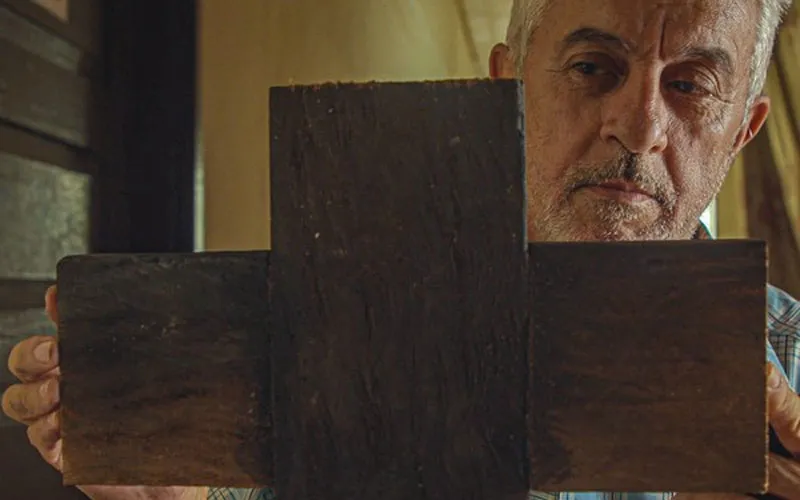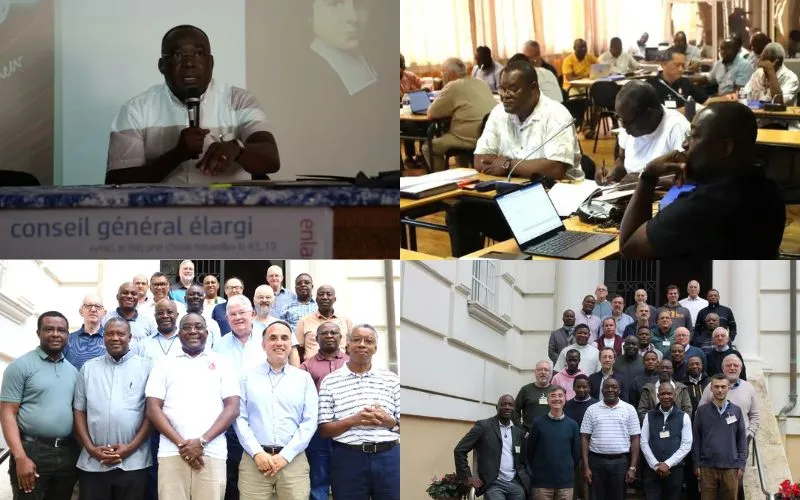Cabo Delgado, 17 January, 2022 / 9:00 pm (ACI Africa).
Parishioners of Our Lady of Mount Carmel in Mozambique’s Catholic Diocese of Pemba are using a Crucifix they made from a piece of wood they salvaged from one of the houses that militants burnt down in the mission of Nangololo.
Fr. Edegard Silva, a Brazilian Salesian Missionary who was forced to flee from the Catholic mission in the Muidumbe district of Cabo Delgado to the Parish when the militants attacked in 2020 told Catholic Pontifical and charity foundation, Aid to the Church in Need (ACN) United States, that the piece of wood retrieved from the demolished house represents the suffering that the victims of militant attacks have endured.
While the cross is made from wood, the figure of Jesus Christ that completes the Crucifix is fabricated from broken pieces to illustrate the situation of Mozambicans in Cabo Delgado who, the member of the Salesians of Don Bosco (SDB) says, have been broken to pieces.
“The cross was made from the charred wood of the house of one of the Christians, and the figure of Christ is made from broken pieces, because we wanted to recall the situation of so many people, men, women and children, who have been cut to pieces,” Fr. Edegard says in the Friday, January 14 report.
He adds, “The body – the feet, the hands and the head of Christ – is in separate pieces, as an expression of the reality lived by so many people here in this war zone of Cabo Delgado.”








